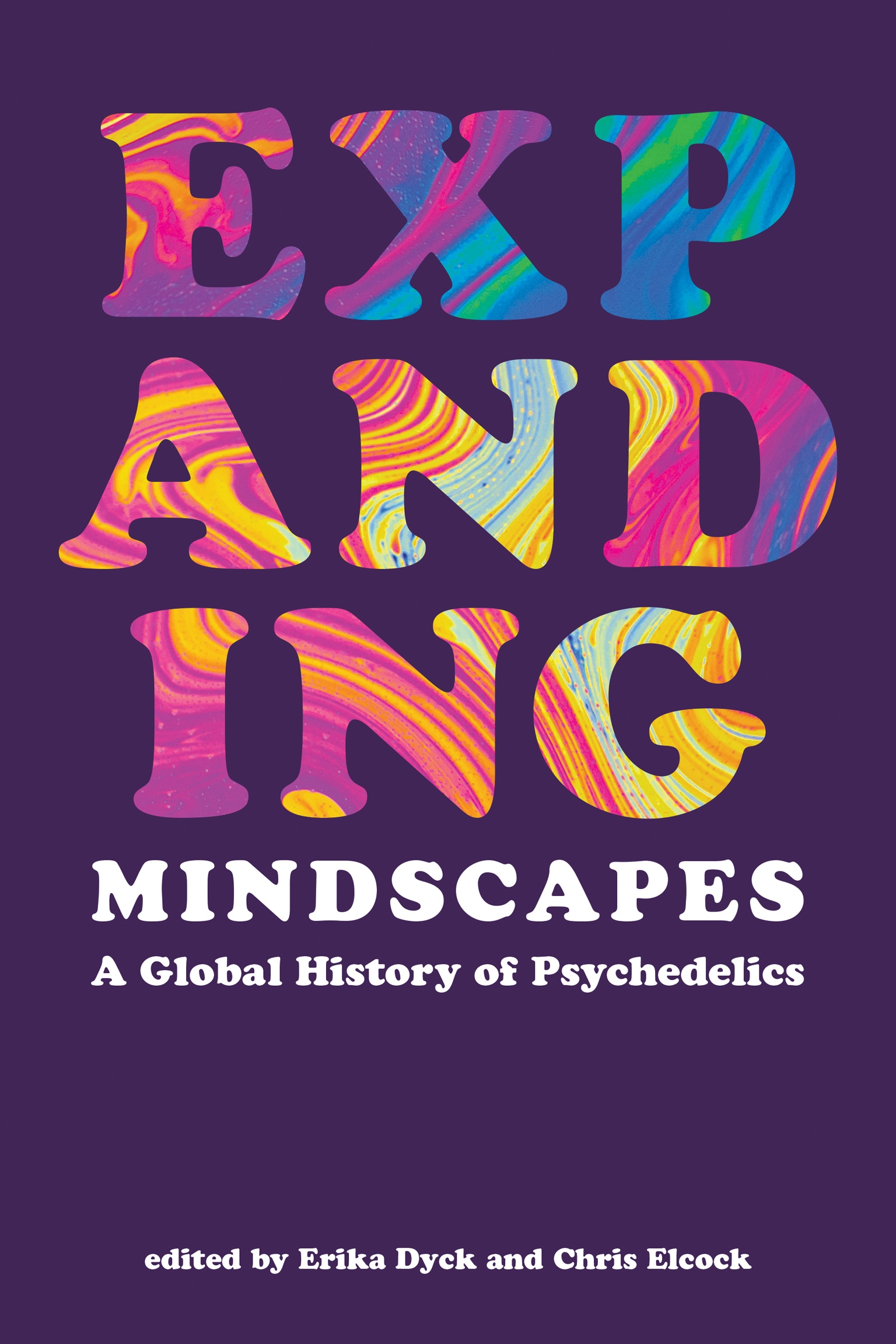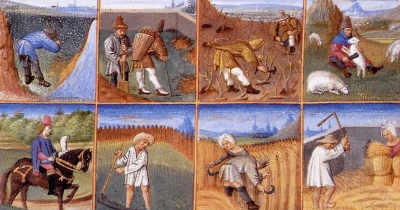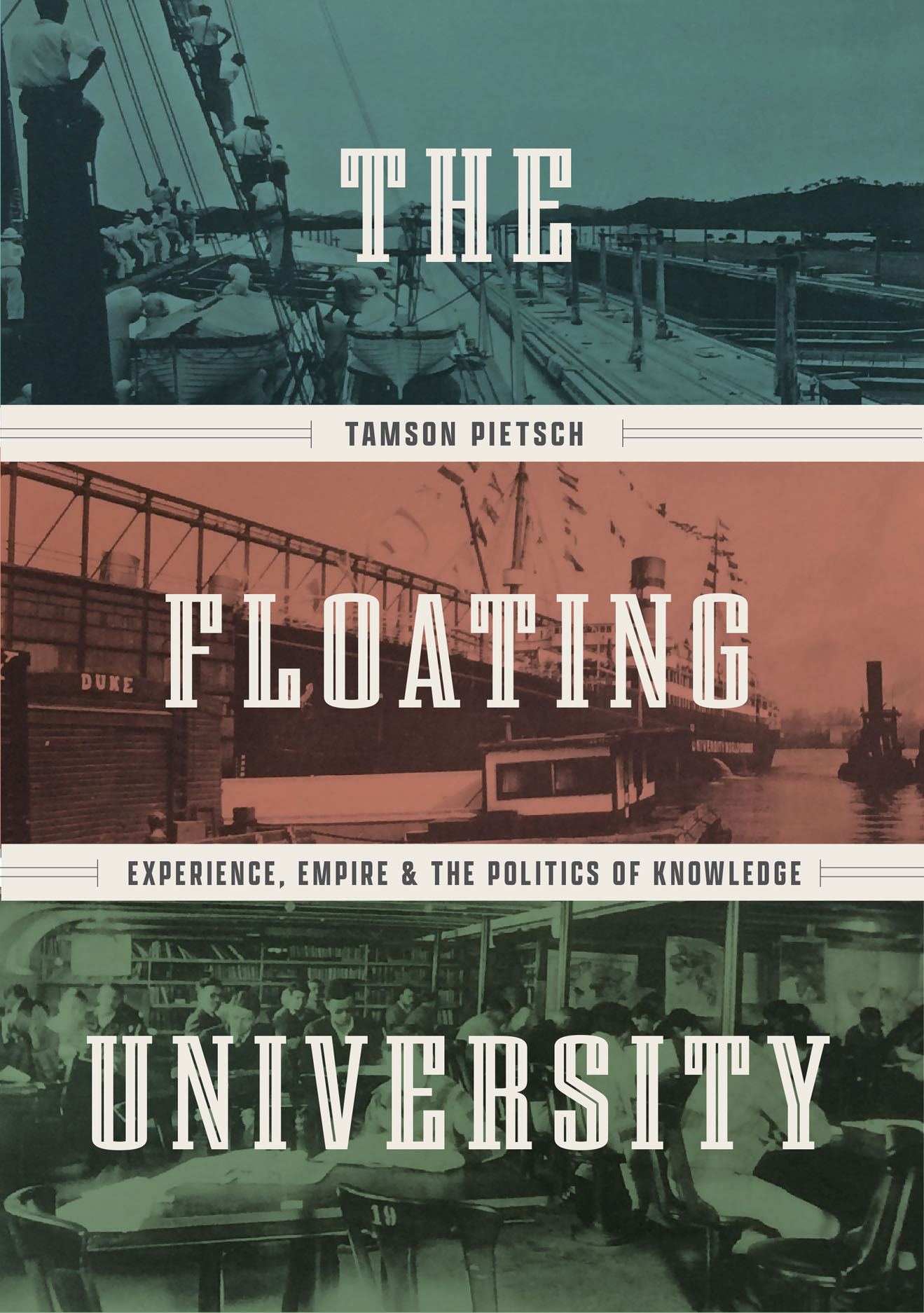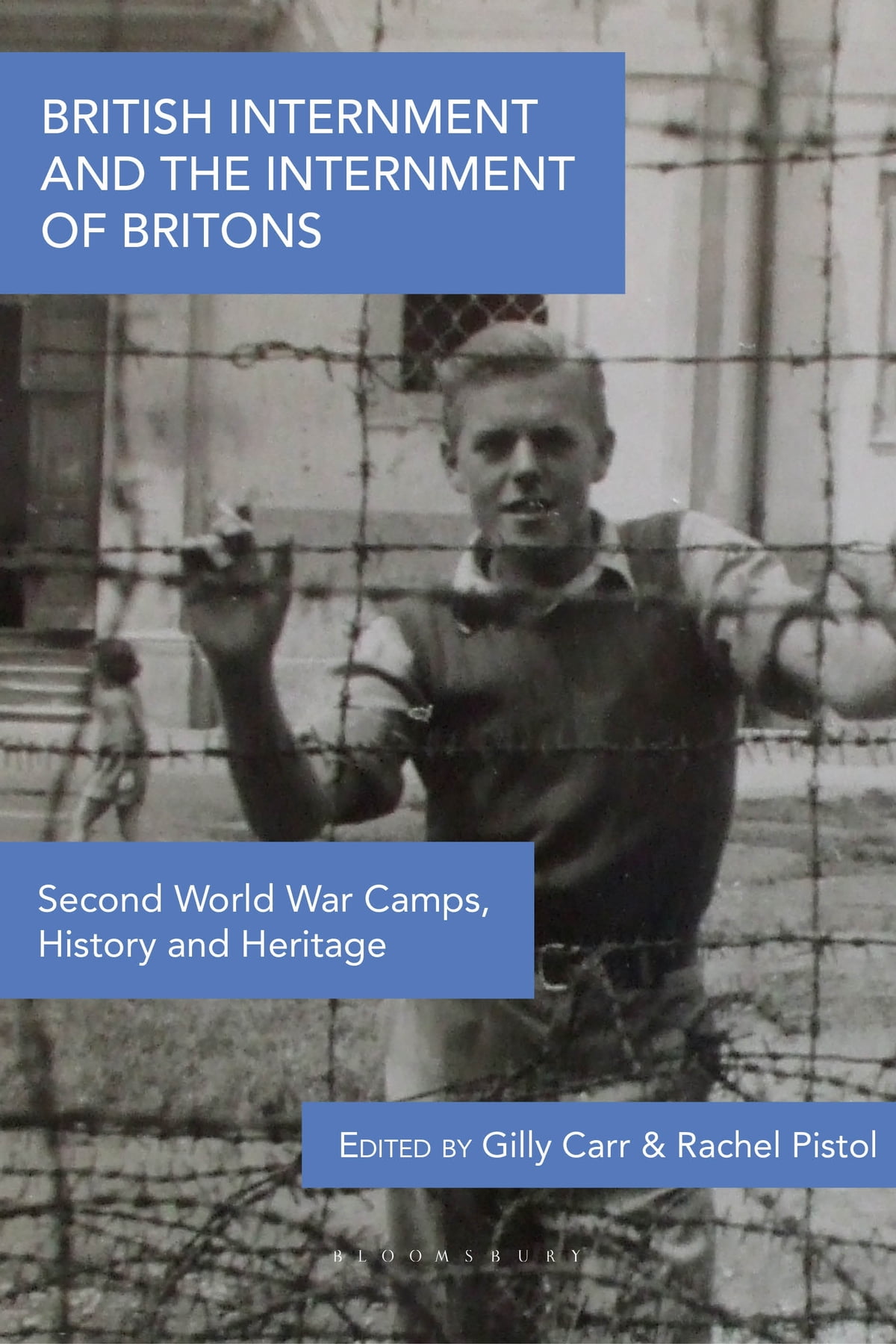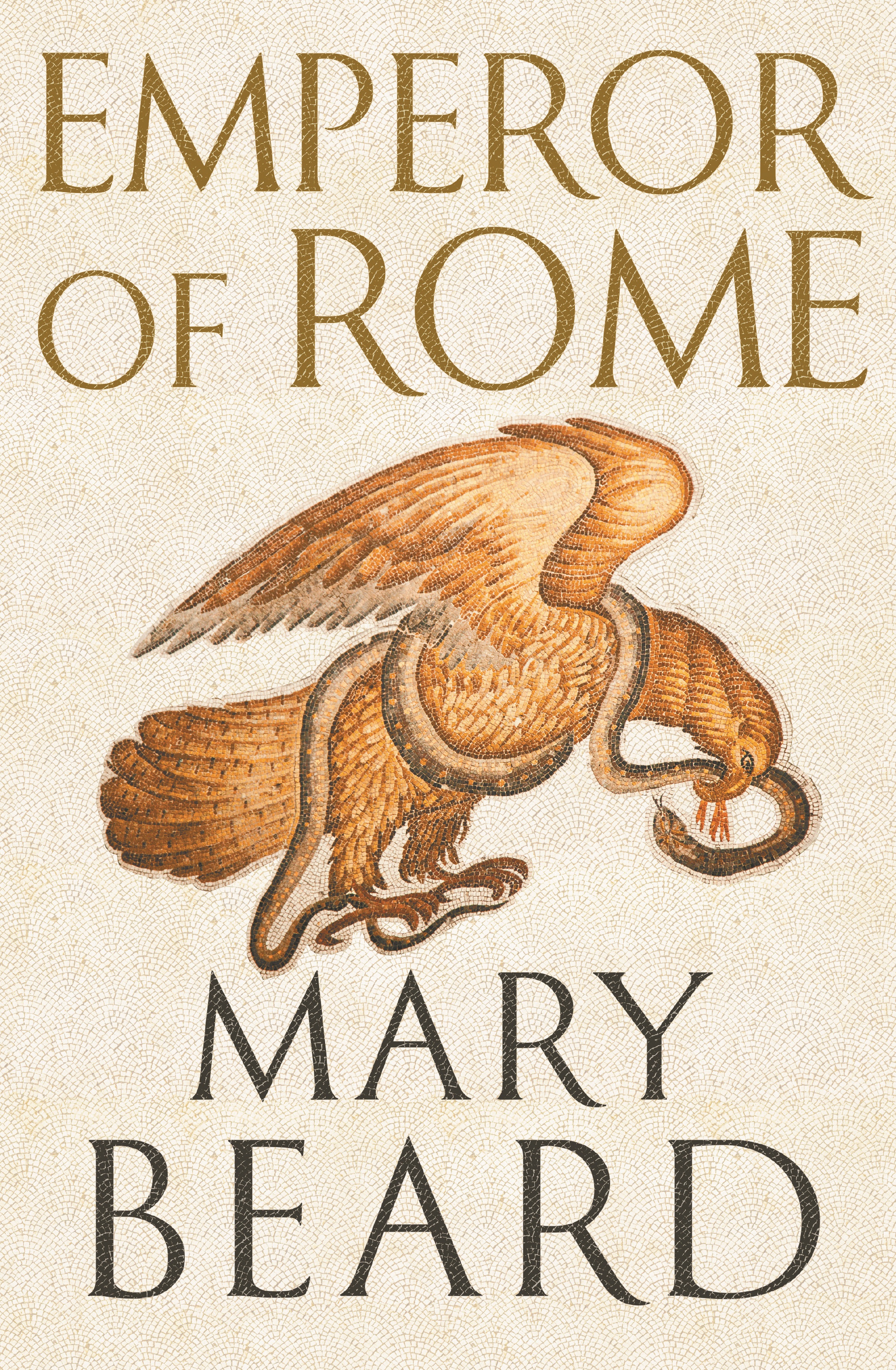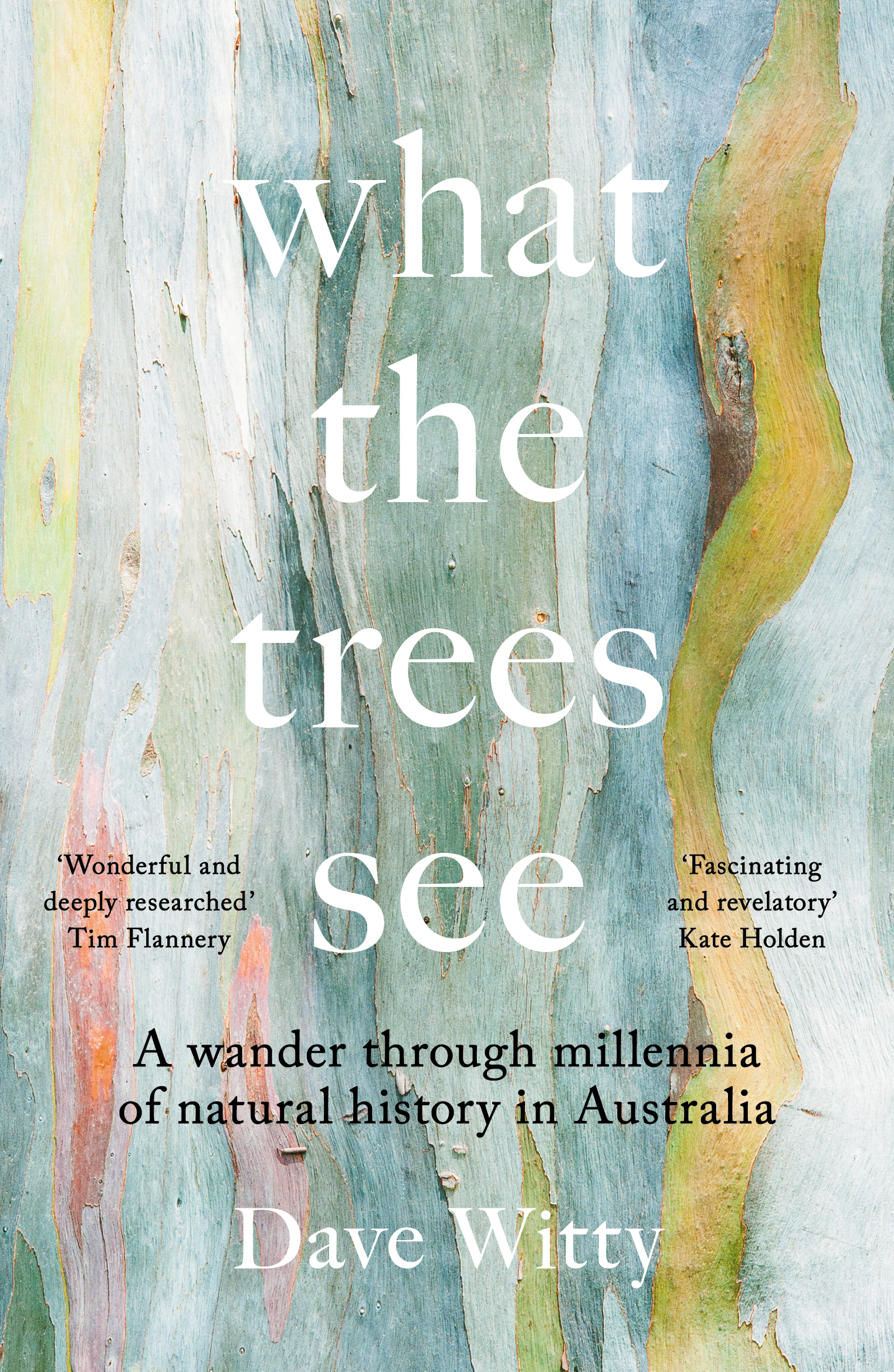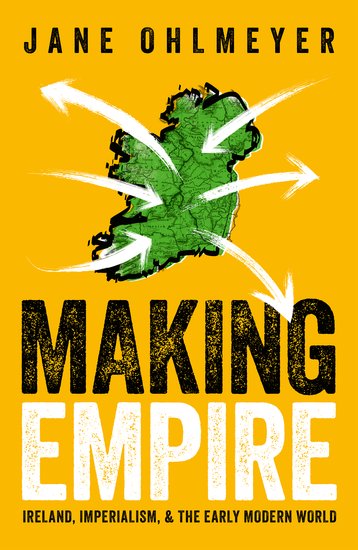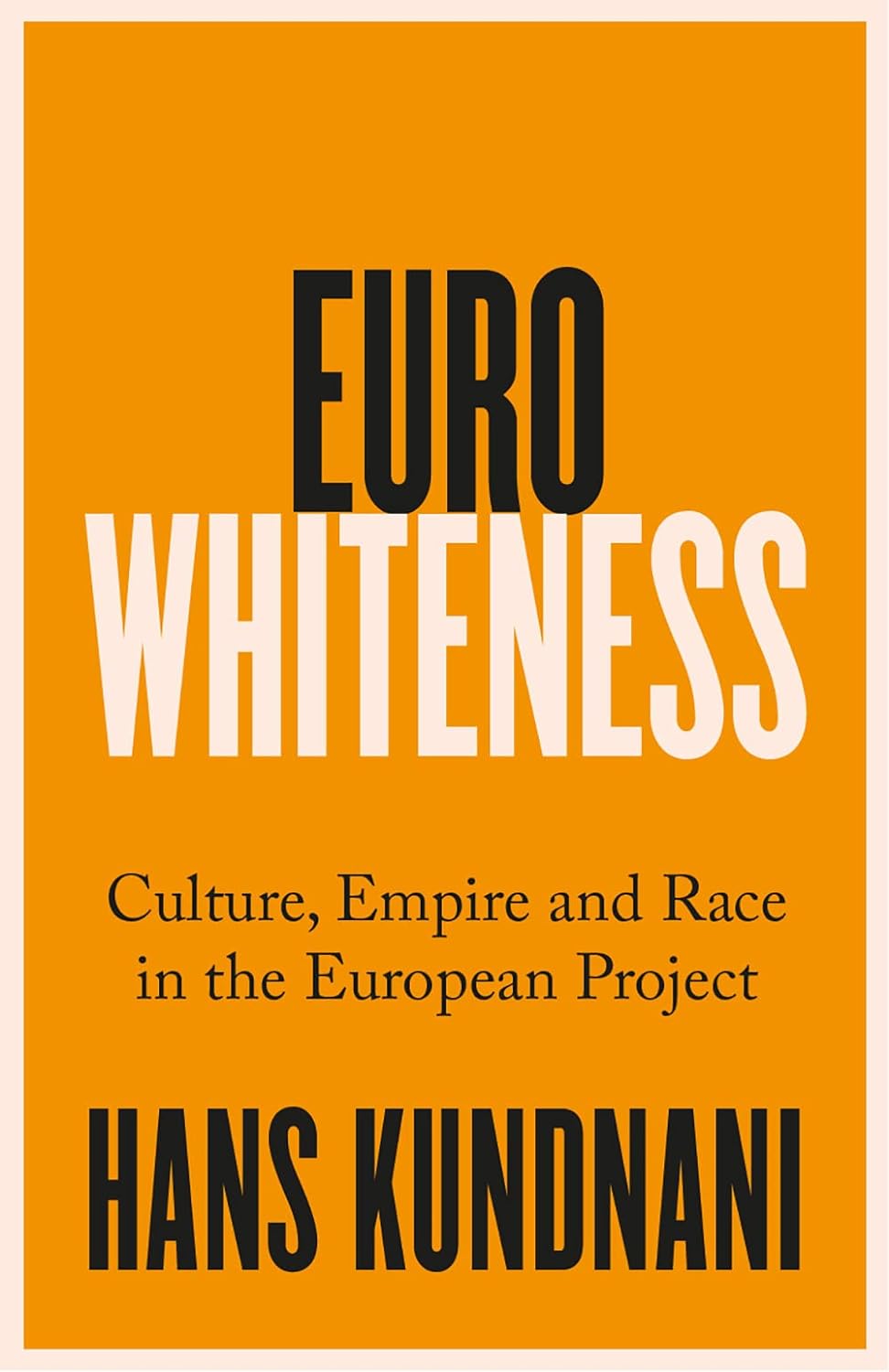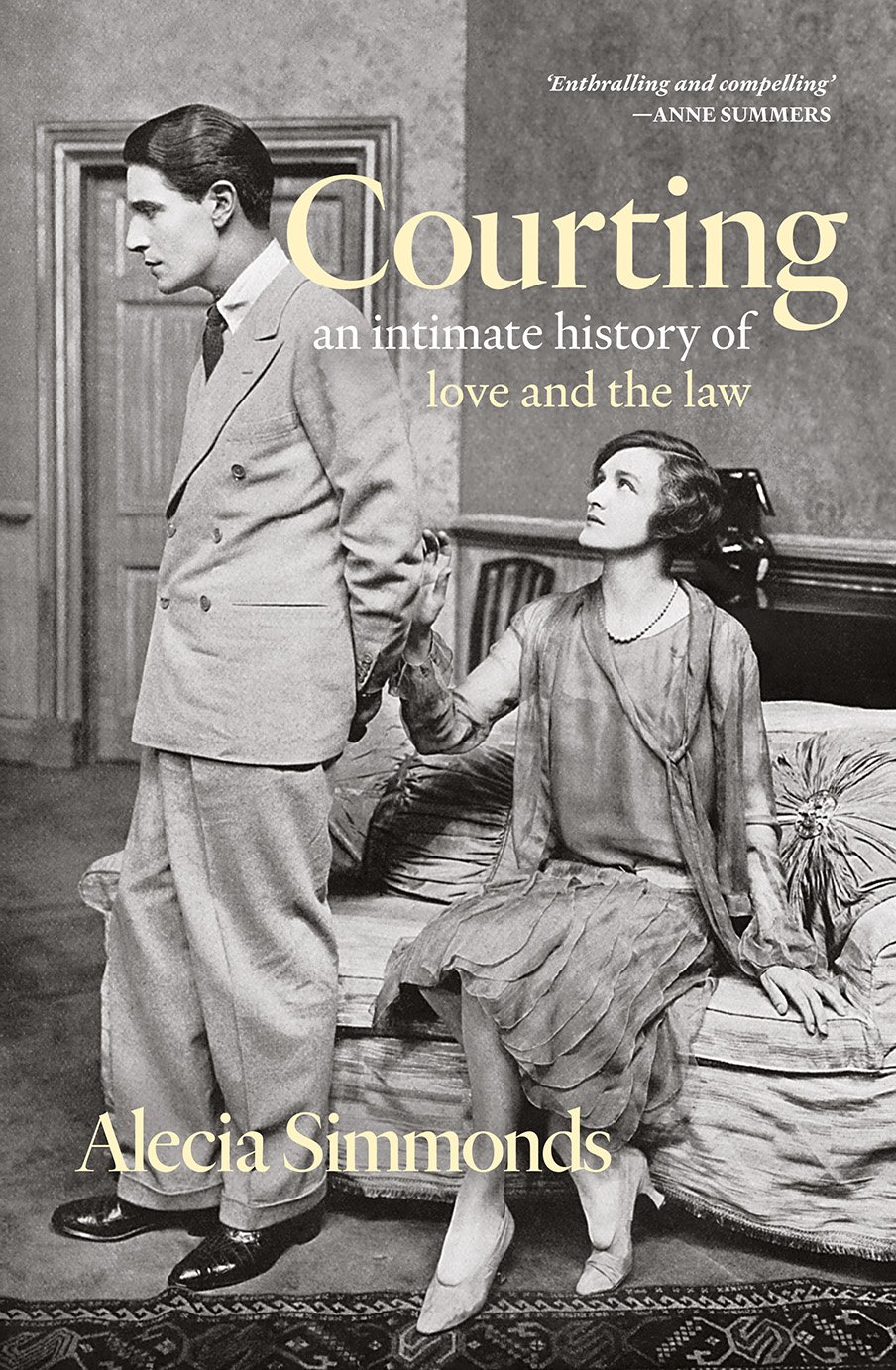History
Expanding Mindscapes: A global history of psychedelics by Erika Dyck and Chris Elcock
Few terms capture the imagined structure of European history as succinctly, and aptly, as ‘the Middle Ages’. Whether the era is being invoked fondly, casually, or with deep disdain, the term at once offers a comprehensive, normative account of civilisation and casts aspersions on those out of sync with it. It was designed to do just that. ‘The Middle Ages’ inserts itself as an antithesis between two seemingly cohesive periods: Antiquity and the Renaissance (the latter soon to be replaced by Enlightenment and then Modernity). It thus creates continuity by underscoring rupture, and stresses similarity through difference. Despite the era’s appeal to the Romantics and nascent nationalism in the late eighteenth and the nineteenth centuries, respectively, its poor reputation has been steady: from Jules Michelet’s quip about ‘the Middle Ages’ being ‘one thousand years without a bath’, to Quentin Tarantino’s Pulp Fiction, where Marsellus Wallace famously vows ‘to get medieval’ on his torturer’s ass.
... (read more)The Floating University: Experience, empire, and the politics of knowledge by Tamson Pietsch
British Internment and the Internment of Britons: Second World War camps, history and heritage edited by Gilly Carr and Rachel Pistol
Emperor of Rome: Ruling the ancient Roman world by Mary Beard
What the Trees See: A wander through millennia of natural history in Australia by Dave Witty
Making Empire: Ireland, imperialism, and the early modern world by Jane Ohlmeyer
Eurowhiteness: Culture, empire and race in the European project by Hans Kundnani
Well-informed debate on national security, never more important than now, depends on reliable accounts of historical episodes, ones not distorted by latter-day political or diplomatic sensitivities. For more than a century, Australians have benefited from a tradition of official histories of the nation’s involvement in conflicts and peacekeeping operations, for which governments of all persuasions have given independent historians access to all relevant official records, publishing their works without political or diplomatic censorship.
... (read more)
